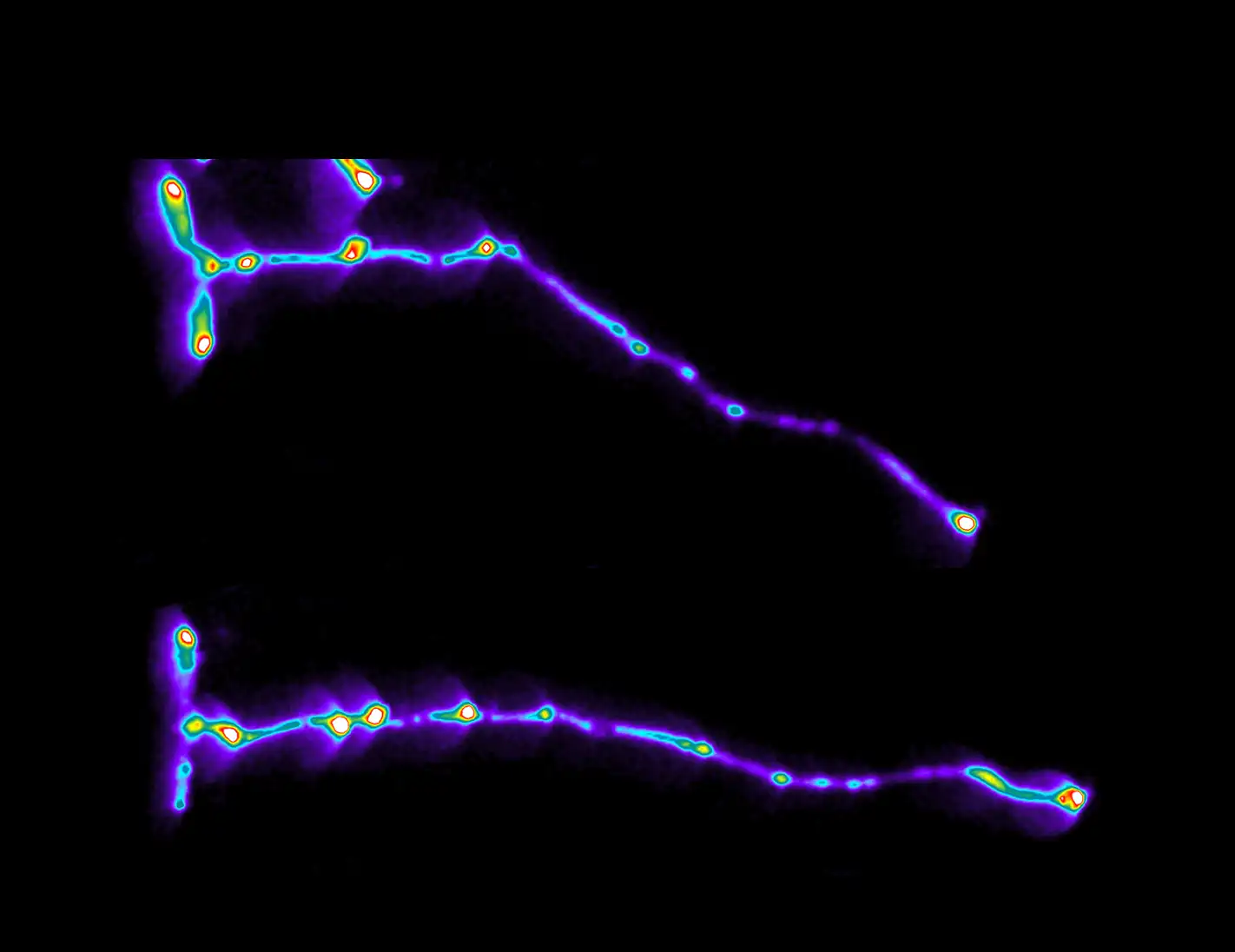
Annual flowers, typically considered poor for pollinators, can support bees and insects if the right varieties are chosen. A study found significant variation in pollinator attractiveness among 25 cultivars of popular annuals like begonias and impatiens. This research highlights the…
Read More











